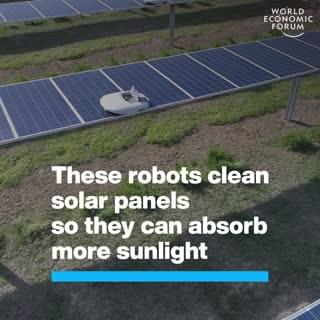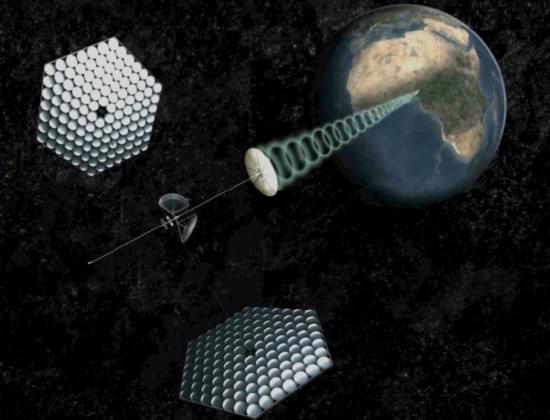
Category: sustainability – Page 345


How Soul Machines is making new-gen avatars life-like
In the not-too-distant future, many of us may routinely use 3D headsets to interact in the metaverse with virtual iterations of companies, friends, and life-like company assistants. These may include Lily from AT&T, Flo from Progressive, Jake from State Farm, and the Swami from CarShield. We’ll also be interacting with new friends like Nestlé‘s Cookie Coach, Ruth, the World Health Organization’s Digital Health worker Florence, and many others.
Creating digital characters for virtual reality apps and in ecommerce is a fast-rising new segment of IT. San Francisco-based Soul Machines, a company that is rooted in both the animation and artificial intelligence (AI) sectors, is jumping at the opportunity to create animated digital avatars to bolster interactions in the metaverse. Customers are much more likely to buy something when a familiar face — digital or human — is involved.
Investors, understandably, are hot on the idea. This week, the 6-year-old company revealed an infusion of series B financing ($70 million) led by new investor SoftBank Vision Fund 2, bringing the company’s total funding to $135 million to date.
The Stunning New ‘Air Yacht’ Is a Catamaran That Floats to the Skies
But it comes with an extra-long keel. Sailing through the seas is full of adventures, but you miss 29 percent of the world when you’re on a yacht.
The Air Yacht uses solar energy as an extra power source thanks to two solar-powered blimps instead of traditional parallel hulls.

Tesla is rumored to be near a deal for battery venture in Indonesia after new round of talks, Musk meeting the president
Tesla is again rumored to be near a deal for a major new battery venture in Indonesia after a new round of talks with officials and even CEO Elon Musk meeting with the Indonesian President Joko “Jokowi” Widodo.
It’s not the first time that talks of Tesla making a major investment in Indonesia have emerged.
In 2020, we reported on Tesla allegedly being in talks with the Indonesian government to build a new nickel venture in the country, which has a strong nickel reserve.


Artificial intelligence is becoming sustainable
A research group from Politecnico di Milano has developed a new computing circuit that can execute advanced operations, typical of neural networks for artificial intelligence, in one single operation.
The circuit performance in terms of speed and energy consumption paves the way for a new generation of artificial intelligence computing accelerators that are more energy efficient and more sustainable on a global scale. The study has been recently published in the prestigious Science Advances.
Recognizing a face or an object, or correctly interpreting a word or a musical tune are operations that are today possible on the most common electronic gadgets, such as smartphones and tablets, thanks to artificial intelligence. For this to happen, complicated neural networks needs to be appropriately trained, which is so energetically demanding that, according to some studies, the carbon footprint that derives from the training of a complex neural network can equal the emission of 5 cars throughout their whole life cycle.

Musk Considers Indonesia Trip to Explore Possible Investments
Elon Musk, the world’s richest person, is considering a visit to Indonesia to explore investment opportunities in the resource-rich Southeast Asia country.
The chief executive officer of Tesla Inc. and SpaceX met with Indonesian President Joko Widodo at the rocket manufacturer’s site in Boca Chica, Texas, on Saturday, during which Widodo extended an invite. “Hopefully in November, thank you for the invitation,” Musk said, according to a statement released by Widodo’s office.
Forever Battery: QuantumScape’s Holy Grail of Energy
A “forever battery” is much smaller and more energy-dense than lithium-ion. They’ll change the world and unlock a trillion-dollar revolution.
In this week’s episode, Aaron and I discuss what could be the “holy grail” of energy: the solid-state — or forever battery. Obviously, lithium-ion cells are the status quo of today. And they power pretty much everything, like your smartphone, laptop and electric vehicle.
However, since they comprise liquids and can only be compressed so much, they aren’t the most energy-dense. And we see this limitation all around us. It’s why that EV in your parking space can’t drive long ranges or recharge very fast. And it’s why that smartphone in your pocket will run out of juice by the end of the day.
The truth about the EV Revolution that’s got everyone hyped is that it won’t boom until we make better batteries. Enter solid-state battery technology — much smaller, more effective and energy-dense than its liquid-state counterparts. This “forever battery,” as insiders have dubbed it, will fundamentally alter the way things work in society. And it’ll unlock a potentially multi-trillion-dollar revolution in the process.


Is Solar Energy from Outer Space in Our Future? — Part One: Building a Geosynchronous Solar Power Plant
Today a state-of-the-art solar panel on Earth can convert between 20 to 30% of the energy it collects from sunlight into electricity. At night solar panels here contribute nothing. But in space with nothing to block the Sun, that same Earth-based solar panel becomes thirteen times more efficient. And that is enough of an incentive to consider solar power from space.
The Chinese and UK models are massive arrays located in geosynchronous orbit while continuously beaming energy to receiving stations here on Earth.
The US model is different using a constellation of solar power generating satellites. These would be in relatively low orbits and interconnected to form a mesh network. The total network would generate continuous energy beaming it to the surface even when a portion of it gets blocked when the satellites enter the night side of the planet.
In this two-part posting, we look at the Chinese and UK models.